Big cats, majestic and powerful, are among the top predators in their ecosystems. Known for their strength and agility, these animals possess unique adaptations that allow them to thrive in various environments. From jungles to savannas, big cats have developed fascinating traits that ensure their survival. This article explores five unique adaptations that set them apart.
The Stealth of the Tiger
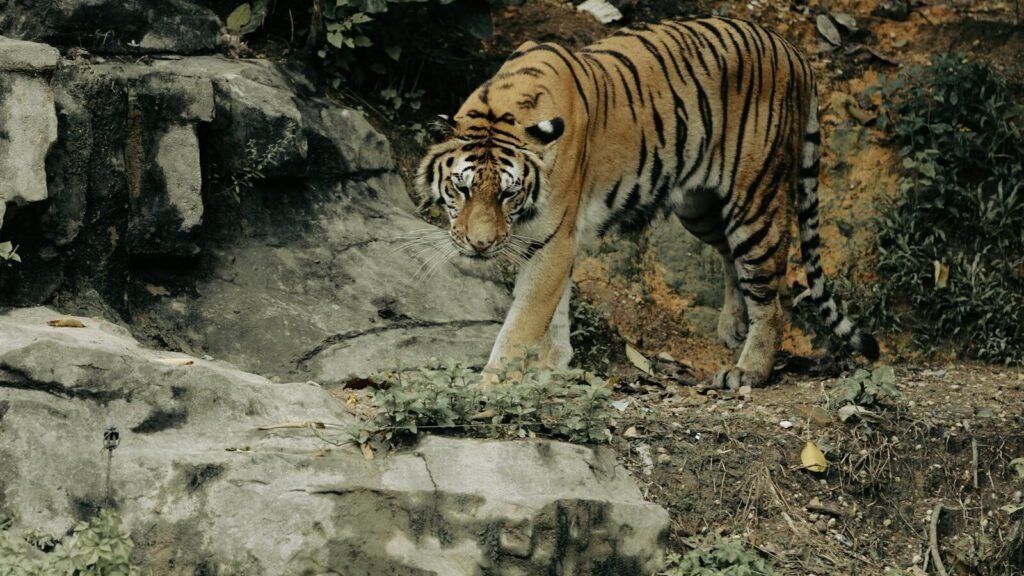
Tigers, the largest of the big cats, have evolved an incredible ability to move silently through underbrush, aided by a specialized adaptation. Their soft-padded feet allow them to tread quietly, making them nearly undetectable by their prey. This stealth is enhanced by their camouflaged fur, which features black stripes that blend seamlessly with their environment.
Camouflage and Coloration
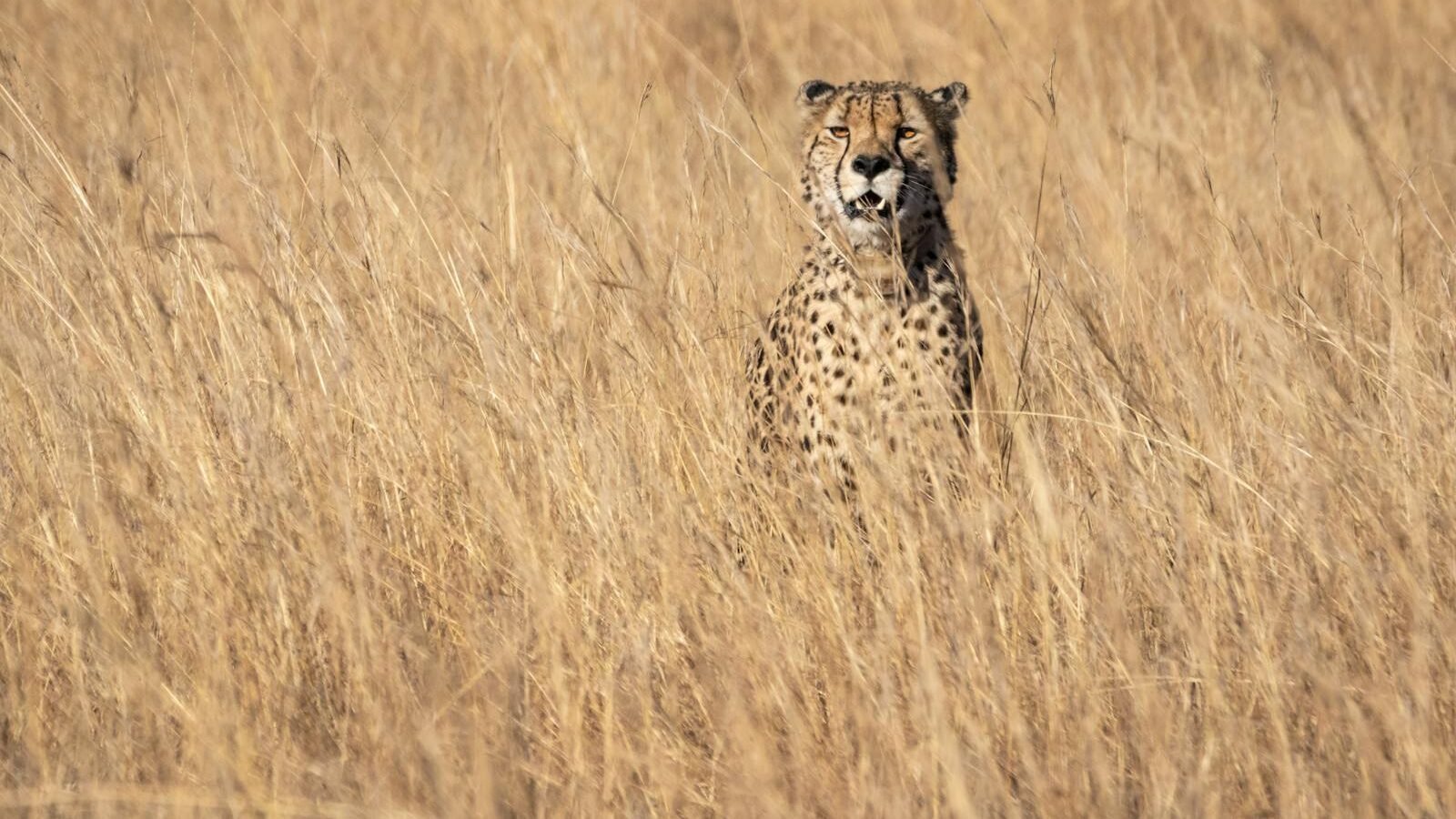
A critical adaptation for many big cats is their fur pattern and color, which help them blend into their surroundings. Leopards, for example, have rosette-patterned coats that mimic the dappled light of their forested habitats. This camouflage is vital for hunting, enabling them to approach prey undetected.
Night Vision of the Puma
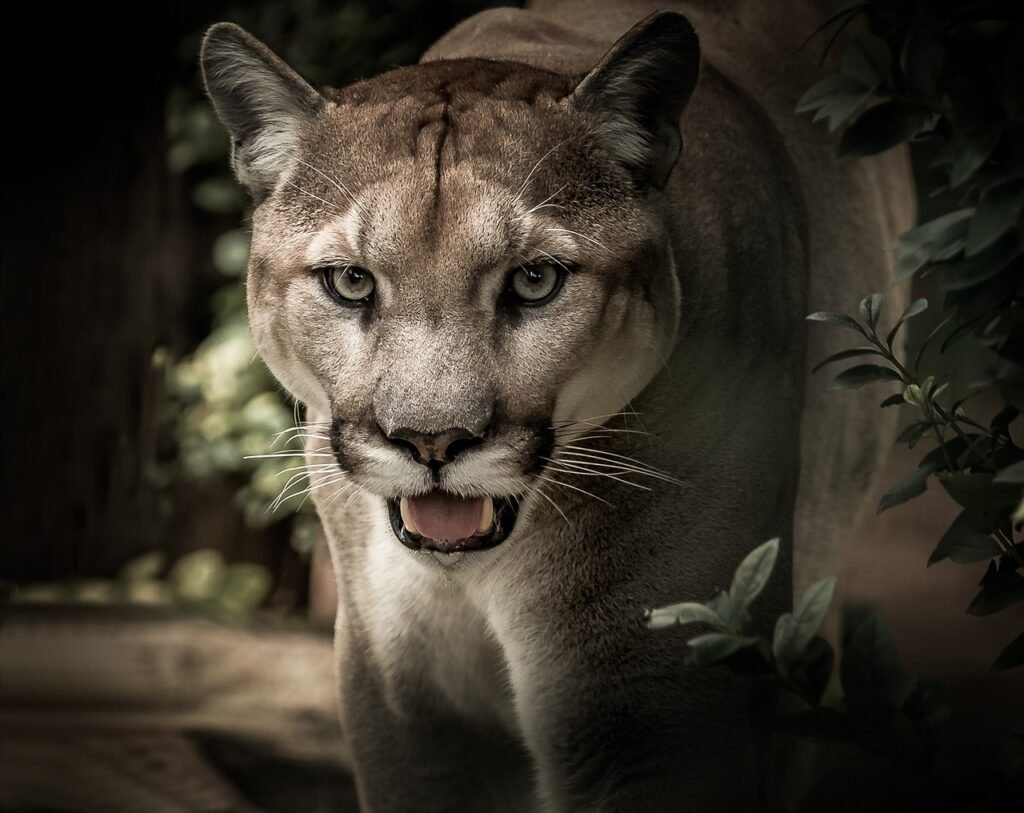
The puma, also known as the mountain lion or cougar, possesses extraordinary night vision, thanks to a high concentration of rod cells in its retinas. This adaptation allows them to hunt effectively in low light conditions, giving them an edge over their prey and other predators.
Cheetah’s Speed and Endurance
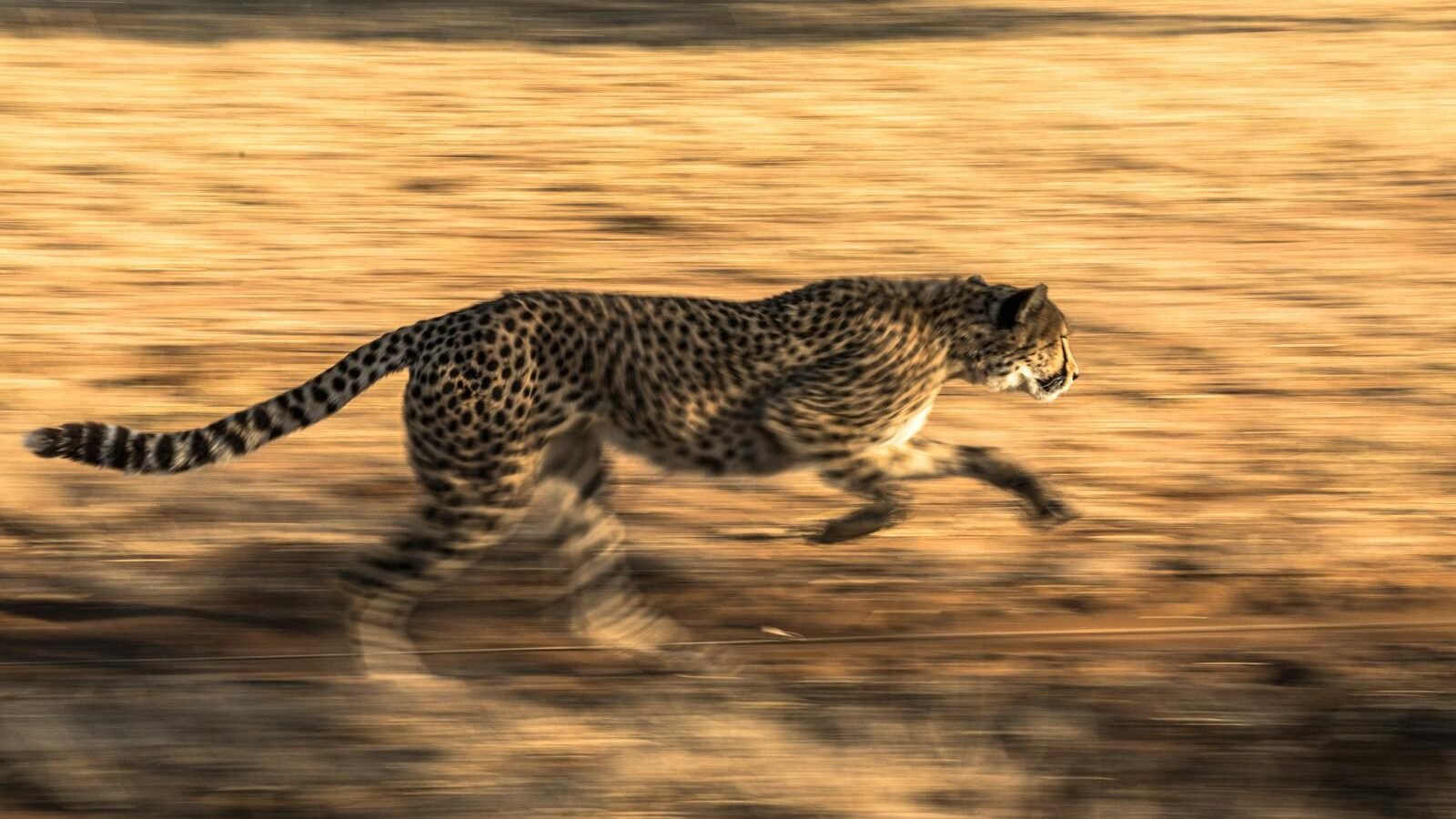
Cheetahs may be renowned for their speed, capable of reaching up to 60-70 mph in short bursts, but their true adaptation lies in their acceleration and endurance. Their lightweight frame, long legs, and a large adrenal gland allow them to reach incredible speeds quickly, while their enlarged nasal passages and lungs provide the oxygen needed to sustain these sprints.
The Powerful Bite of the Jaguar
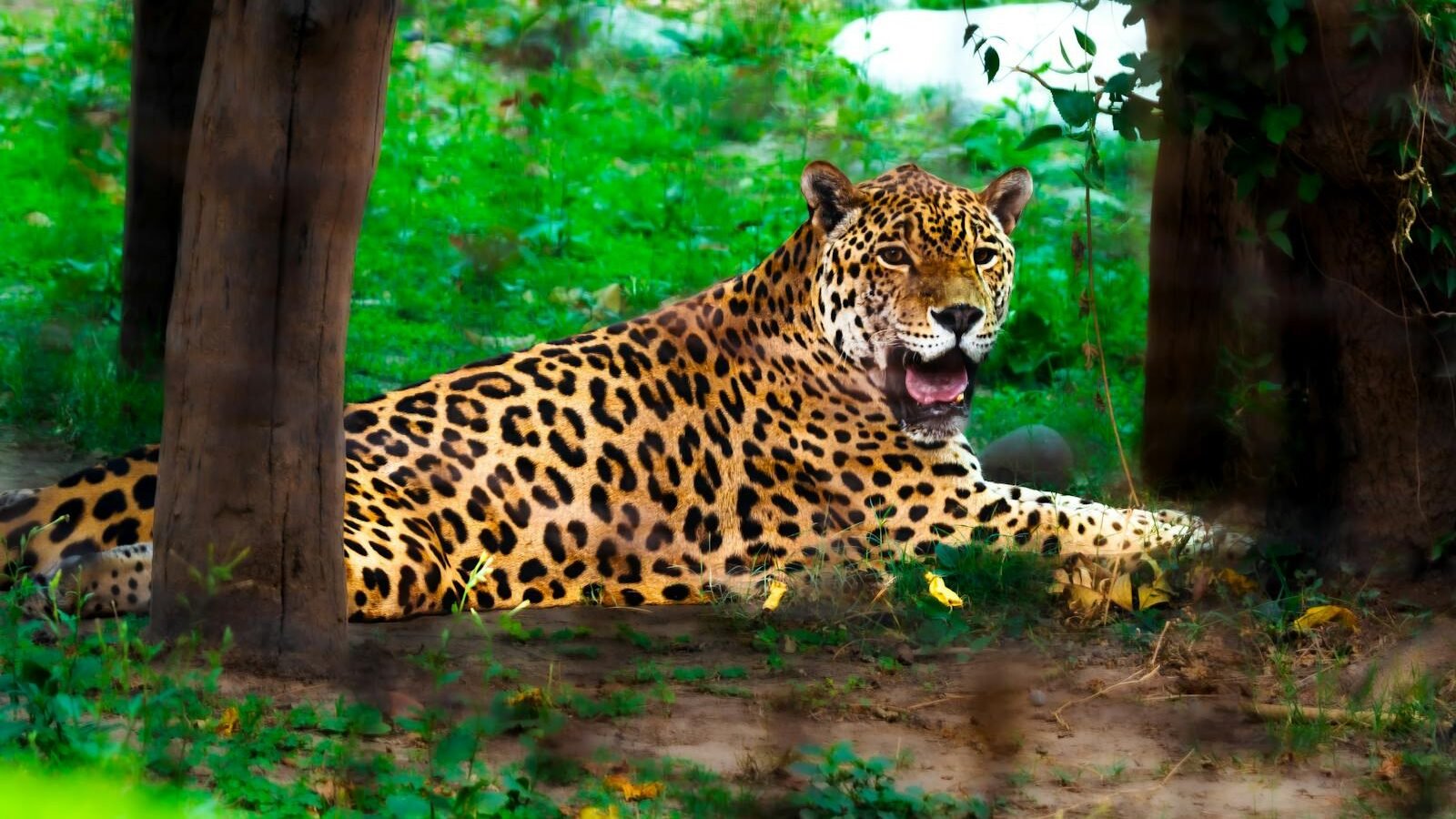
Photo by Gauravdeep Singh via Pexels
Jaguars are equipped with one of the most powerful bites in the animal kingdom. This adaptation allows them to pierce the tough hides and skulls of their prey with ease. Their robust jaws are capable of delivering a bite force that exceeds that of a lion, which is crucial for hunting large game in their dense, tropical habitats.
Panthera’s Roaring Communication

Lions, tigers, leopards, and jaguars, all belonging to the genus Panthera, have a unique adaptation: the ability to roar. This skill is made possible by a specialized larynx and hyoid bone structure, allowing them to produce low-frequency sounds that carry long distances. Roaring plays a key role in communication, territory marking, and establishing dominance.
Adaptations for Climbing
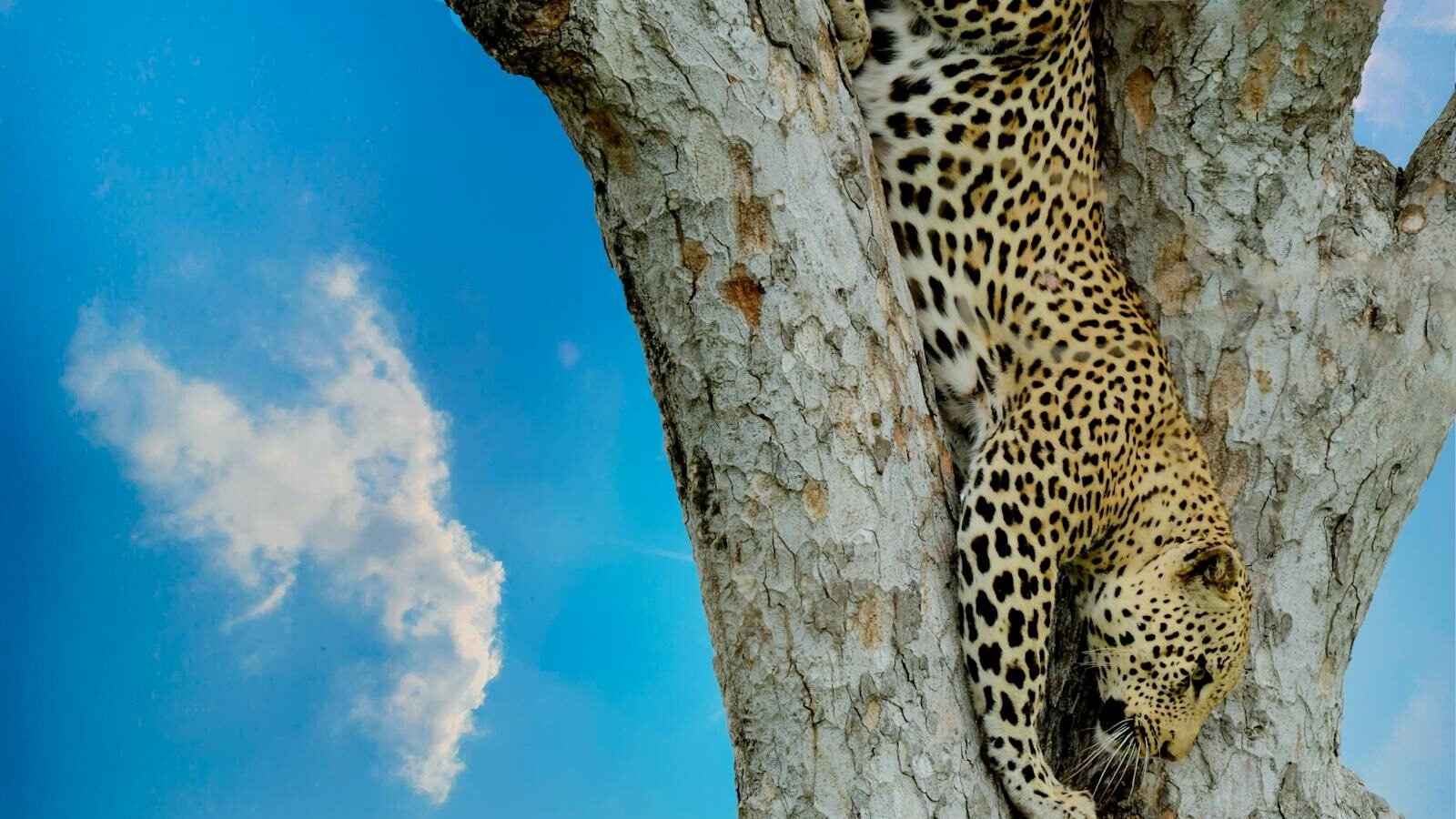
Photo by Frans van Heerden via Pexels
Leopards are expert climbers, an adaptation that allows them to escape ground predators and store food out of reach of scavengers. Their powerful muscular bodies and retractable claws make them agile climbers, able to navigate trees effortlessly despite their weight.
Soundless Communication

While roaring is crucial for some cats, others like the puma rely on soundless communication. They use body language, scents, and silent vocalizations like purring, which plays an essential role in maintaining social bonds and deterring competitors without revealing their presence to prey.
Conclusion: Evolution’s Masterpieces
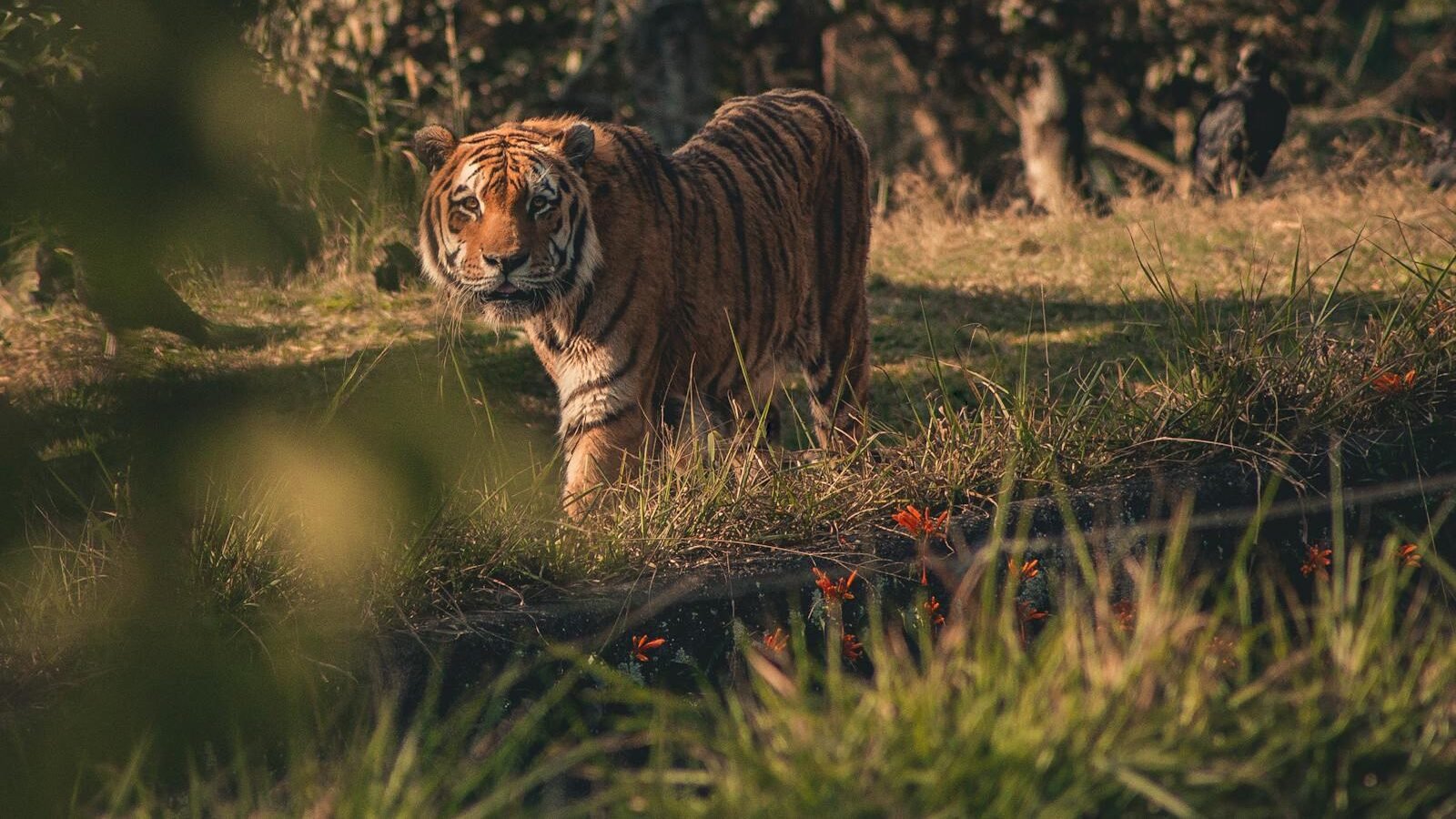
Photo by Lucas Pezeta via Pexels
The unique adaptations of big cats serve as remarkable examples of nature’s ingenuity. From the stealth of the tiger to the powerful bite of the jaguar, these traits highlight the evolutionary paths that have enabled these magnificent creatures to survive and thrive across diverse landscapes. Understanding these adaptations not only enriches our appreciation for these animals but also underscores the importance of preserving their habitats to ensure their continued survival.

With over a decade of experience as a dedicated cat lover and enthusiast, I specialize in writing captivating content about all things feline. My expertise shines through in creating engaging and informative pieces that resonate with fellow cat lovers. As a proud cat parent to my beloved Duston, my personal connection to the world of cats adds authenticity and warmth to my work, making it relatable and heartfelt.






